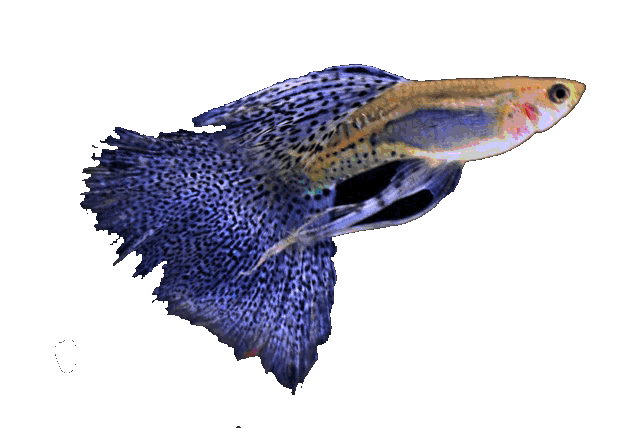



Basic data:
Scientific name: Limia nigrofasciata Reagan, 1913
Interpretation of words: (Limia - limus = mud ), (nigrofasciata = black striped)
Slovenian name: Striped humpback
Group: Livebirds
Source: Central America : Haiti.
Size: Males: 6 cm, females: 6 cm
Biotope / Habitat : It is found in shallow waters that are heavily overgrown, even in partly gloomy ravines.
Social behavior: peaceful, coexisting with other live-bearing animals and caracinids and ground fish ( Corydoras and Loricariids )
Diet: Omnivores (worms, insects, insect larvae, crustaceans, flakes, algae, dry food), a necessary addition to plant foods.
Cultivation: Easy
Aquarium: Minimum 100 liters
Population: flocks per 100 liters of water
Decoration: Plants, stones, roots
Temperature: 22-26 ° C
pH: 7-8
Hardness: from 10 ° dGh to 25 ° dGh
Life span:
Synonyms
Limia nigrofasciata
Striped humpback
Kingdom: Animalia / animals
Trunk: Chordata / string players
Class: Actinopterygii / arthropods
Order: Cyprinodontiformes / Toothpicks
Family: Poeciliidae / live-bearing toothed carp
Genus: Limia
Species: Limia nigrofasciata Reagan, 1913
Poecilia nigrofasciata / Reagan, 1913
Limia arnoldi / Regan, 1913
Cultivation
Humpbacks prepare a classic aquarium for live animals, lots of plants and some open space for swimming, it stays in the middle and below the surface. In the wild, fish stay in large flocks in the riparian area under a dense plant carpet.
The aquarium should be large enough (min 100 L), as the fish are very active and lively. The species is also suitable for slightly gloomy aquariums.
Food
It is an omnivore, little by little it is best not to forget the source of plant foods.
Reproduction
Males are tireless in courting and so let’s have multiple females per male.
The female vomits during the sixth and eight to 30 pups in the eighth week.
The young are isolated from adults and because they are quite large, they are immediately fed with Artemia nauplii.
Presumably the water temperature affects the sex of the pups, the higher the temperature the more will be the females.
Puppies grow quickly if they are well fed they reach adult size in less than six months.
We take care of quality water and do not overcrowd the aquarium. It is quite sensitive to ammonia.
It is good to ventilate the water with a spray stone lying on a thinner layer of sand, which can often be siphoned.
Interesting
The humpback has several vertical black stripes on a beautiful blue-gray color over most of the body, it often has a yellow coloration of the lower part of the head all the way to the abdomen, and the fins are also yellowish.
The fish is named after the hump that only males have, where adult males (between 9 and 12 months) begin to deposit adipose tissue.
The older the male, the bigger the hump.
Links
An example of the habitat of a species




